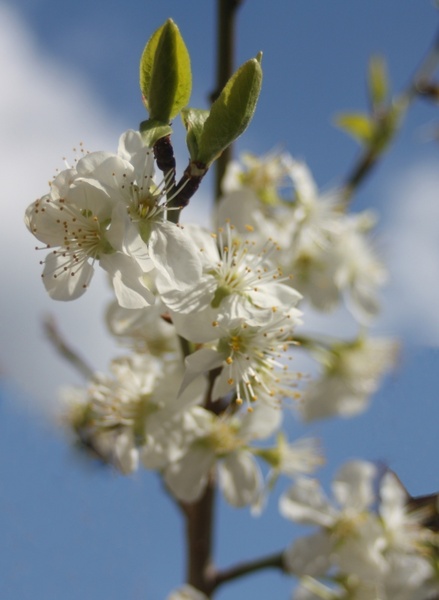
European and Japanese plums belong to the same taxonomic section, but they are differentiated by origin and requirements to environmental factors. hexaploid species with 2n = 6x = 48) and Japanese plum ( Prunus salicina Lindl.


The third center, East Asian, includes the following species: Prunus ussuriensis, Prunus salicina, and Prunus simonii.įrom this large diversity, the most important species in commercial orchards are European or domestic plum ( Prunus domestica L. In the North American center which starts from the Gulf of Mexico and the West coast of the USA to Canada in the North, the following species are spreading: Prunus nigra, Prunus americana, and Prunus munsoniana. In the Euro-Asian center, the following species are present: Prunus domestica, Prunus insititia, Prunus spinosa, and Prunus cerasifera, which are widespread in South Europe, Western Asia, around the Caucasus Mountains, and Caspian Sea, but also in the Balkans, as well as in the Mediterranean countries. According to Vavilov’s research, there are three spreading centers for plum species: Euro-Asian, North American, and East Asian. USA (Kentucky, Tennessee to the Iowa, Oklahoma, Texas, Louisiana) Alabama

USA (New Jersey to the Florida) Illinois, Texas West Asia, Balkans (Serbia, Romania, Bulgaria, Greece), CaucasusĪtropurpurea, pissardi, pendula, elegans, divaricataīullace, damson, mirabelle, reineclaude (gage plum) These decreases are due to the competition of the citrus, peaches, bananas, and other fruits but especially to the viral diseases that have destroyed the plum orchards and depreciated fruit quality in those countries.

Īccording to data reported in December 2019 by FAO Yearbook, the largest producing countries (in thousand tons) are China (6804), Romania (434), the USA (423), Serbia (330), Turkey (292), Italy (207), France (205), Ukraine (200), Spain (172), the Russian Federation (146), the Republic of Korea (83), the Republic of Moldova (76), Bosnia and Herzegovina (74), Poland (58), Hungary (43), Bulgaria (49), and Germany (24) ( Table 2).Ĭhina is the country with the fastest development in the plum production, but the major producers of plums, from Prunus domestica and Prunus insititia species, are Romania, Serbia, the Republic of Moldova, Spain, Russia, Poland, France, Germany, and Bulgaria alarming declines in plums production. Production/yield quantities of plums and sloes in the world (total): 1994–2017.


 0 kommentar(er)
0 kommentar(er)
